How I Decoded Japan in Three Days
With the help of an unexpected encounter with an Imperial Shamaness
This is one of my first essays written in real time, on the road.
[NB Many thanks to the marvellous people at Inside Japan for sending me here]
I’ve been in Japan three or four days, and I am right now staring at mist rising from the green, wooded, Kyotangi coastal mountains, by the Sea of Japan. Already my Japanese sojourn has been quite spectacularly fascinating. It’s also my first trip to The Land of the Rising Sun in thirty years - I lived here for a few months, in Kyoto, back in the 90s.
And I’ve made a breakthrough in my understanding of the country. Or at least, I’ve concocted a ridiculous comprehensive theory about 🇯🇵. Here it is
Why Japan is like Japan
To recap, I’ve been in Japan for just a few days, and it has been a whirl. I’ve been to the “dodgy” area of Osaka - Shinsekei - which bustles and boozes and baffles and then obscurely smiles under its dinky version of the Eiffel Tower (down which you can abseil). This inner burb was made trendy in the 1920s, fell into desuetude, and got taken over - or reclaimed - by Yakuza gangsters and occupied - or reoccupied - by burakumin.
The burakumin are the “untouchables” of the Japanese caste system - that no one talks about; in modern times they have often been day labourers paid by the hour, as here in Shinsekai.
If you see homeless in Japan, there’s a good chance they are burakumin. The origins of the Burakumin are obscure, here is ChatGPT’s take: “the historical roots of the Burakumin are uncertain. Some claim they are pure direct descendants from the Jomon, the first settlers of Japan. Their belief in notions of ritual purity and defilement reflect deep cultural taboos that trace back to profoundly ancient religious beliefs…. “
Now this “sketchy” area has been revived, preserving its retro feel of crumbling pachinko parlours and funfair cork-shooting galleries and brilliantly seedy Izakaya bars.
My guide took me on a tasting tour, and we ate delicious breaded meats, fish, veggies, on skewers (kushi-katsu). Served with crisp cold draft beer. Also octopus doughnuts (tako-yaki) and beef offal noodles and sweet chestnut rolls and all of it extremely local and all so so good.
At the end of the tour he showed me a place where few westerners go: an extraordinary red light district at the back of Shinsekai comprised of old two storey Japanese houses with the ground floor rooms open to the street. Inside every room sat a madam, a woman in her 30s-50s, reading her phone or calmly vaping.
Behind each madam (unless someone was, er, eating cake (see below)) was a beautiful Japanese girl aged 18-22 - in denim shorts, kimono, bikini, school uniform, lingerie - smiling brightly out, and calmly perched on pillows so she was optimally presented, like those single perfectly wrapped gift-melons you can buy in pricey Japanese department stores.
My guide, a funny and insightful ex Welsh punk rocker called Russ, explained how this place worked, he said: “prostitution is illegal in Japan, so theoretically all these places are “cafes”. The system goes like this: if you want a girl, you buy a cake for her and then you both go upstairs to, er, eat the cake”.
The girls were divinely pretty, but being a responsible writer I made my excuses and left, but not without a certain yearning for a slice of Battenberg.
This encounter with oddness only increased my obsessive investigation of Japanese life: days before my visit and on the flight and in my down time here I had been urgently reading about Shinto: the “primitive” animist “religion” that still shapes Japanese culture today, eg lots of Japanese people will claim they are atheist or agnostic, but they visit Shinto shrines all the time. And they bow and clap to the “kami” spirits who are supposedly “inside”, yet also invisible and not there. My eagerness to understand Shinto was also sharpened by the knowledge that after Osaka I was going to visit the great Shinto shrines at Ise, two hours east of Osaka, by the Pacific coast.
Ise is where Shinto entwines with the early written history of Japan and the Japanese imperial family, who claim descent from the Shinto sun goddess Amaterasu. Ise is the “home” of Amaterasu in Japan, just as Japan is the land blessed by Amaterasu (which is why it is called “the Land of the Rising Sun”).
More cogently, here’s ChatGPT again: “the Ise Shrine, known as Ise Jingū, is the most important Shinto shrine in Japan and has a deep historical connection with the Japanese imperial family. Its significance stems from being dedicated to Amaterasu-Omikami, the Sun Goddess, who is considered the mythical ancestor of the Japanese imperial line.
Amaterasu is believed to be the direct progenitor of the imperial family, with the first emperor, Emperor Jimmu, considered her descendant. According to Shinto beliefs, the emperor of Japan is a living deity with divine ancestry tracing back to Amaterasu. This connection has been a cornerstone of the legitimacy of the imperial line throughout Japan’s history.
The Ise Shrine, located in Mie Prefecture, has been the spiritual center of Japan since ancient times, with its establishment traditionally attributed to the 4th century. The shrine complex consists of two main shrines: the Inner Shrine (Naiku), dedicated to Amaterasu, and the Outer Shrine (Geku), dedicated to Toyouke-Omikami, the deity of agriculture and industry. The shrine is rebuilt every 20 years in a remarkable ceremony called shikinen sengu, which symbolizes the renewal of life and the continuity of the imperial family’s divine legacy.
Members of the imperial family, particularly the emperor or his designated representatives, perform rituals at the Ise Shrine to honor Amaterasu.”
So…. as I approached Ise in the lovely October sun I was just thinking WOW this is all amazing - I’m basically visiting the sacred cradle of all Japan still embodied in its imperial family descended from the goddess who came here in about 6AD….
And then the police politely said stop here and step aside for a procession and I saw this:
The imperial princess Kurodo Sayako, sister of Emperor Naruhito - and appointed shamaness-priestess of Ise - walking from the shrine where she had just done the sacred, full moon, mid-October harvest festival rice-offering ceremony: the most important ceremony of the year. A one in a billion chance that I got to see her, at Ise.
She actually looks like Emperor Hirohito. Her grandfather.
Her Highness Kurodo Sayako is only one of three or four people (along with the Emperor, and a couple of male priests) allowed to enter the main room of the Inner Shrine of Ise. All others are relatively impure and would defile the shrine. Inside they may gaze upon the sacred mirror of Amaterasu herself, which either exists or does not, and which comprises the third sacred element of the Japanese imperial regalia.
Some say the blatantly debatable existence of this mirror is a crucial part of Shinto belief, because this is where it coincides with the koans of Buddhism. Zen Buddhism came to Japan much later than Shinto, around the 6-7th centuries AD, about 600 years after the Yayoi people - from Korea - followed the Jomon and settled in Japan (today it is thought the Japanese are a genetic mix of Yayoi and Jomon).
The mirror is an object inhabited by a spirit, a kami, in this case the Sun Goddess herself. But the fact the mirror might not even exist, and everyone admits that, is a brilliant Zen Buddhist gloss on the animist concept. The ambiguity of Japan in a spiritual nutshell.
But anyway, look at her SHOES!!!!
As you can imagine, all this got me very excited, so excited I had to go for some calming steamed oysters and beer in the nearby “priest street”.
My time in Osaka and Ise was done, so now I headed north following, in reverse, the trail Shinto goddess Amaterasu herself took when she brought her divine seed to Japan (she came south to Ise, it is said, seeking better weather).
In the hilly, northern, green Kyoto prefecture, by the Sea of Japan, I met brilliant young samurai swordsmiths and amazing famous kimono makers and I had the single best steak, no the single best piece of meat of my life (Taijin Wagyu from Kobe), and I had it in a tradional Japanese hotel - a ryokan - in the charming 1300 year old Japanese spa town of Kinosaki-onsen, which is full of willows and canals and Shinto shrines and adorned with beautiful scalding hot mountain springs where you bathe naked under the hills and the stars in various ancient and lovely “onsen” = public baths.
My pricey £500-£2000 a night ryokan had one of the most complicated and sophisticated toilets in a country full of extremely advanced toilets. And this is where, taking in all of these three days of experiences and insights and reading, my deep dives into Shinto and Zen and the Japanese Imperial Family and the history of Japanese toilets and the ancient origins of Japan itself, along with my ongoing observations of their cultural and daily life I could see all around me - and bringing in my memories of living here in the 1990s - deep breath here - it was collating and combining all of THIS that I Finally Decoded Japan. Or about 79% of it.
Here’s my mad theory.
The Japanese toilet is an amazing thing. Warmed seat, choice of electro-sploosh, every toileting whim catered for, then a bottom-friendly air dryer. Superb.
It is also supremely hygienic - what on earth do they think of westerners who are satisfied with dry paper tissues?!
Anyway their modern toilets are of a piece with their general obsession with hygiene, which you encounter everywhere. Not just “shoes off at the door” but separate slippers for different rooms, manic cleaning stations at every public bath, everything you handle wrapped in plastic, ritual washing at shrines…
And there’s the very clean rub. I now believe the Japanese hygiene obsession comes from their native Shinto religion, with its urgent and pressing insistence on purity versus defilement. This is one of the overrriding principles of Shinto. That which is deemed “clean” must never touch that which is deemed “unclean”, or the universe will wobble and collapse. Death must not defile life, muddy boots must not defile tatami mats. Nature is purity, the unnatural is impure. All this is from Shinto.
And where does animist Shinto come from? From the beliefs of the Siberian Jomon people, who migrated to and settled Japan 14,000 years ago. They were “primitive” animists, who saw the divine in every rock and tree. And who divided the world between the clean and the defiled.
So when you marvel at the “front bottom rinse” button on a modern Japanese toilet, you are actually looking at the belief system of a Paleolithic people, who crossed the wild Pacific in 12,000BC, before the end of the Ice Age
Thanks. I’m here all week. Try the octopus dumplings.


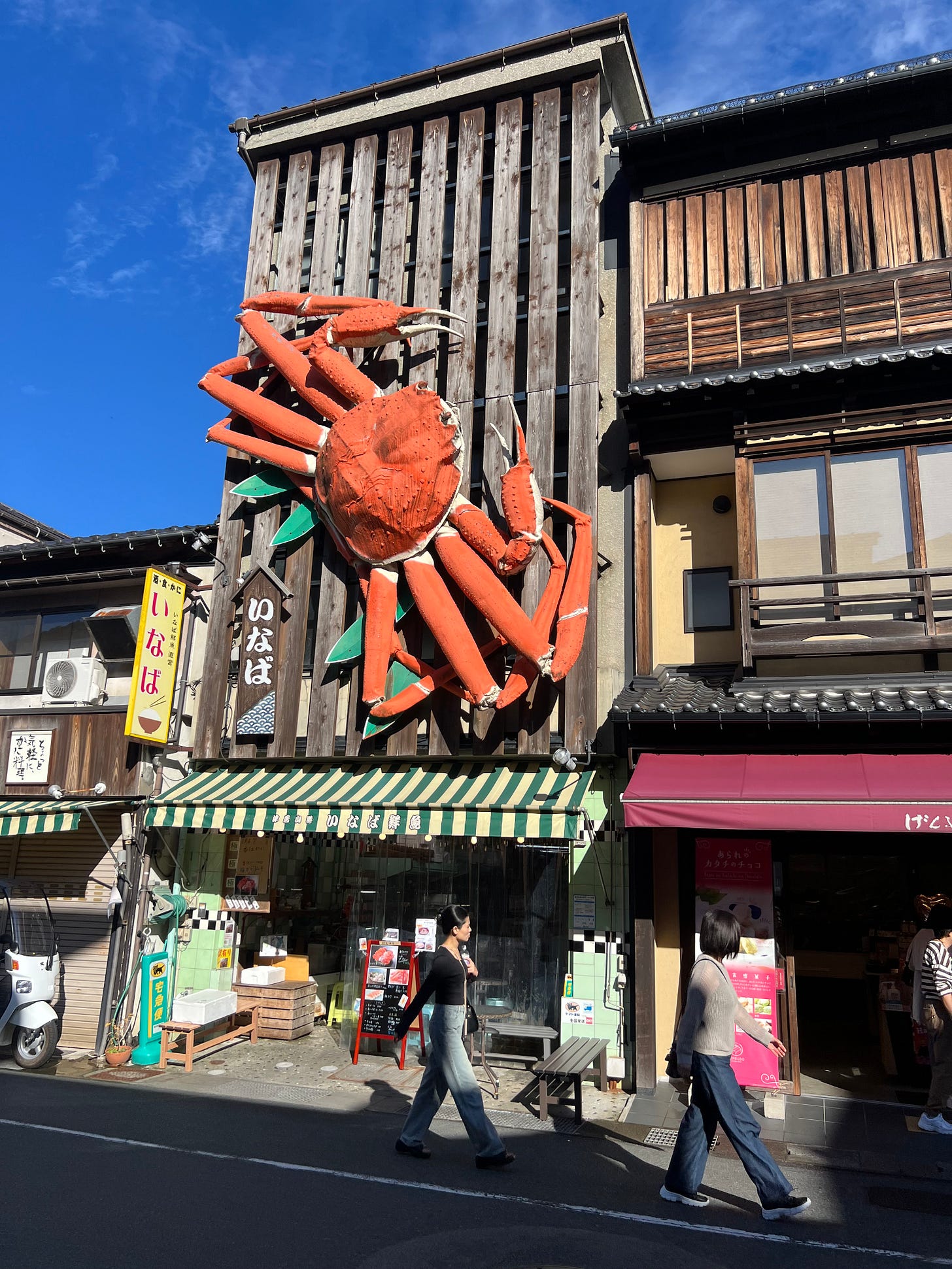
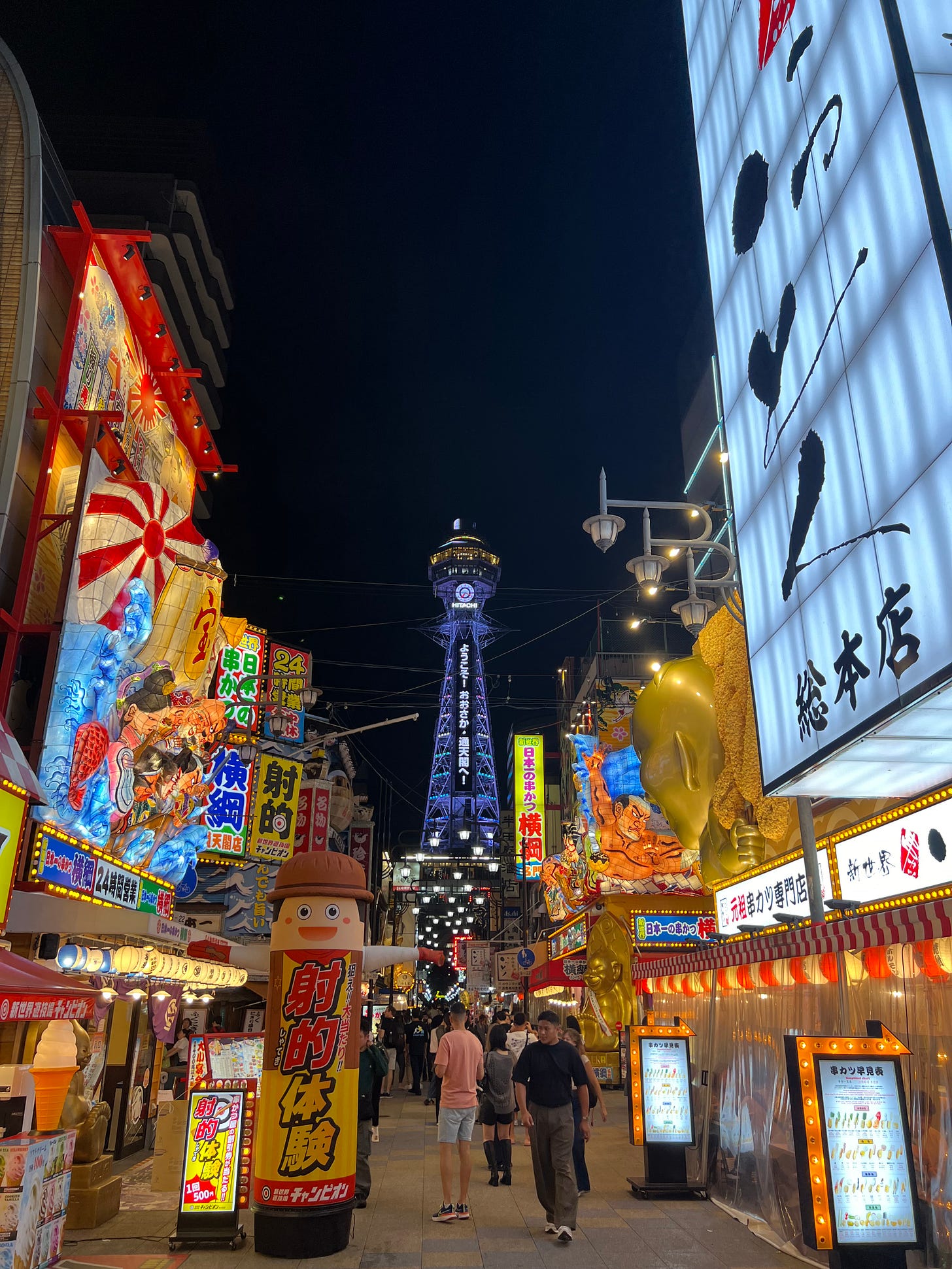
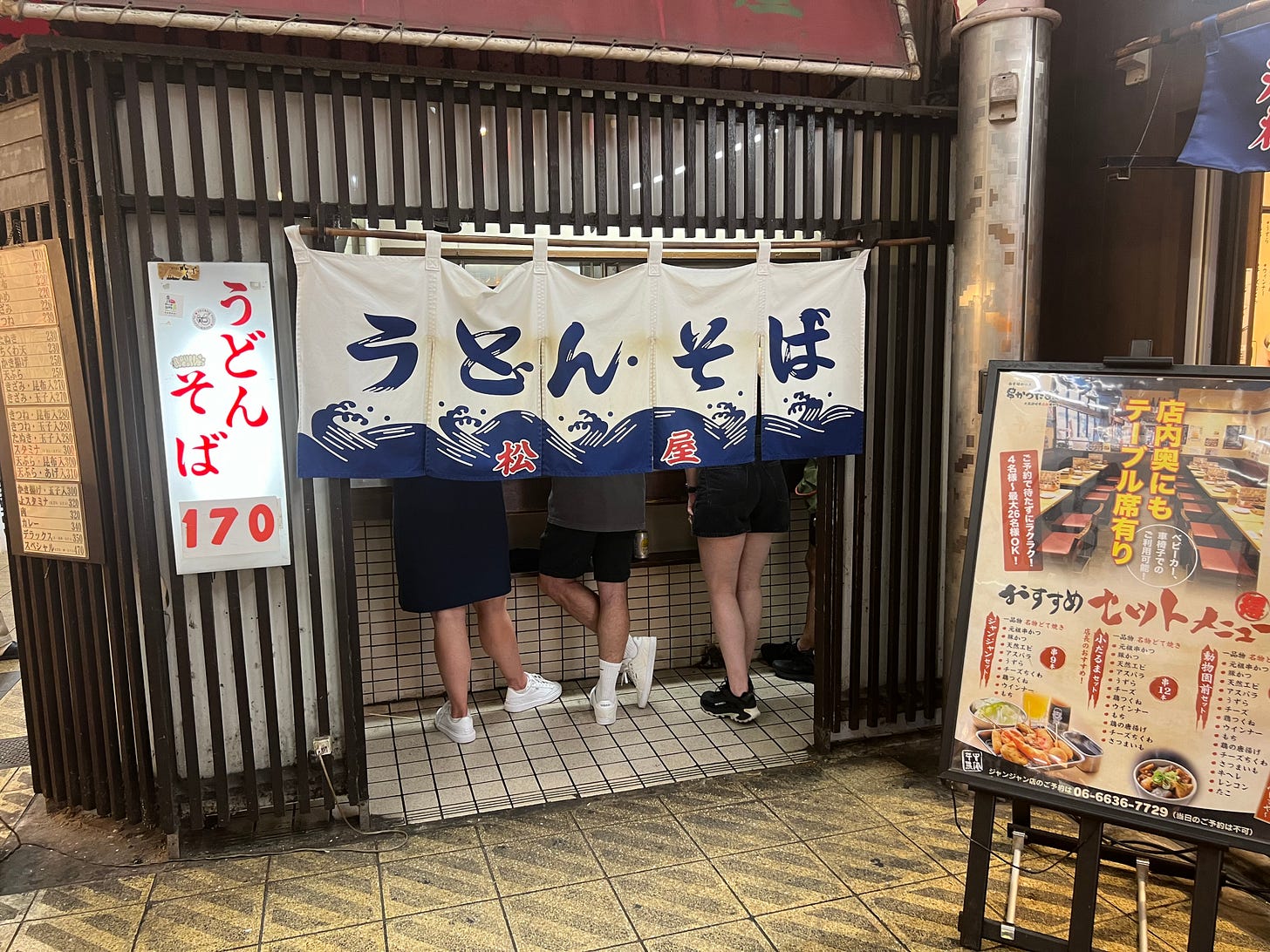
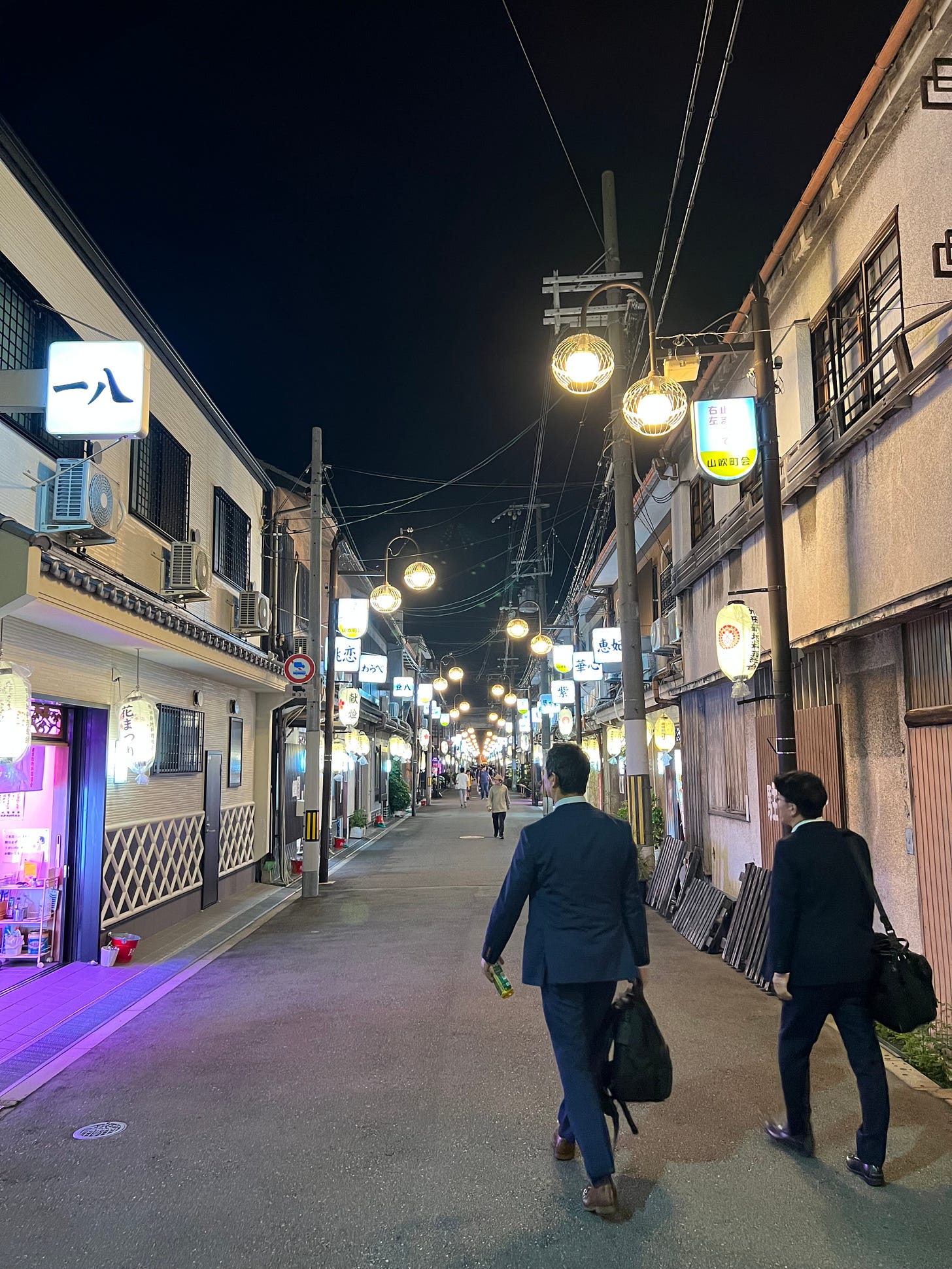
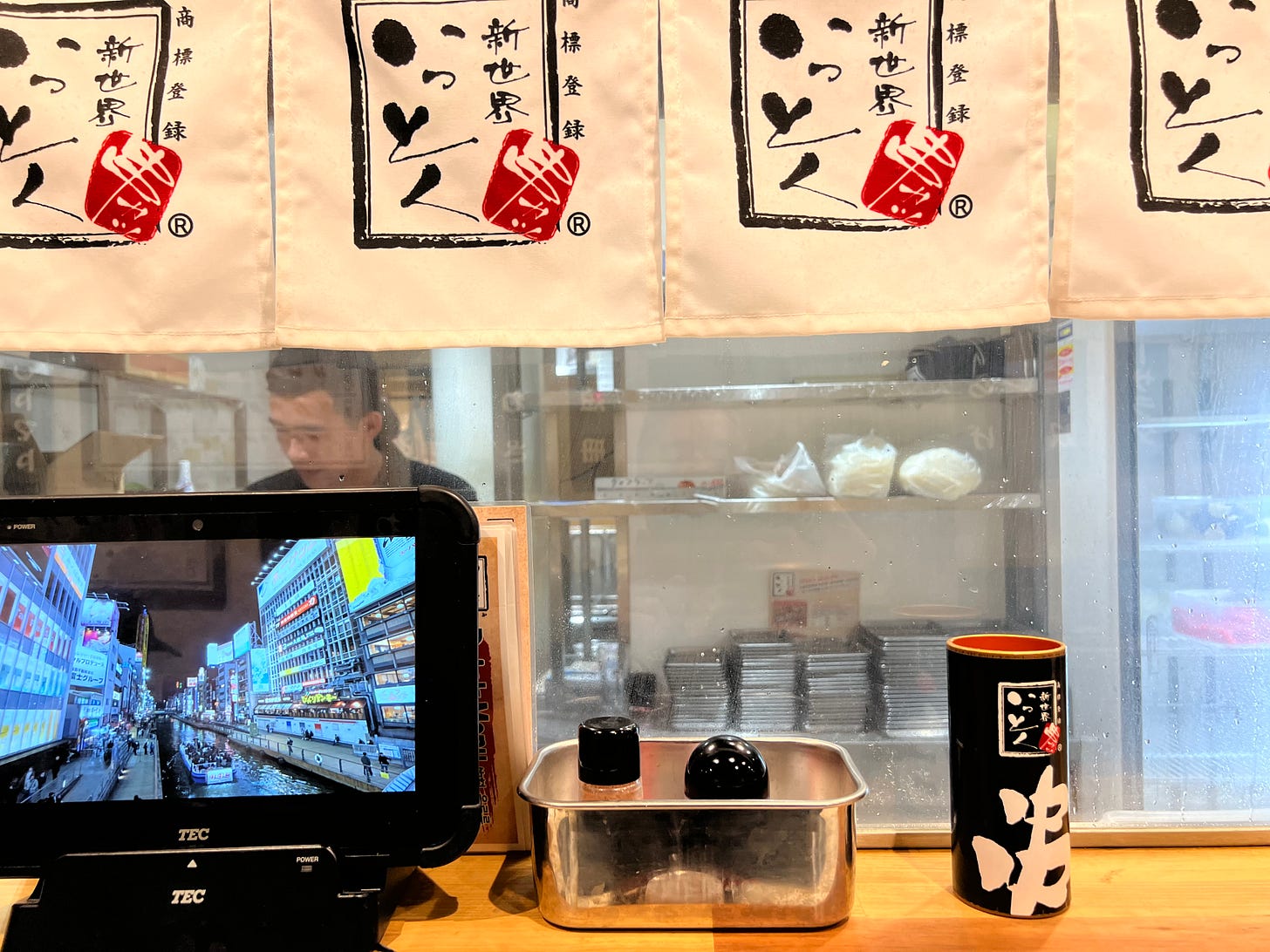
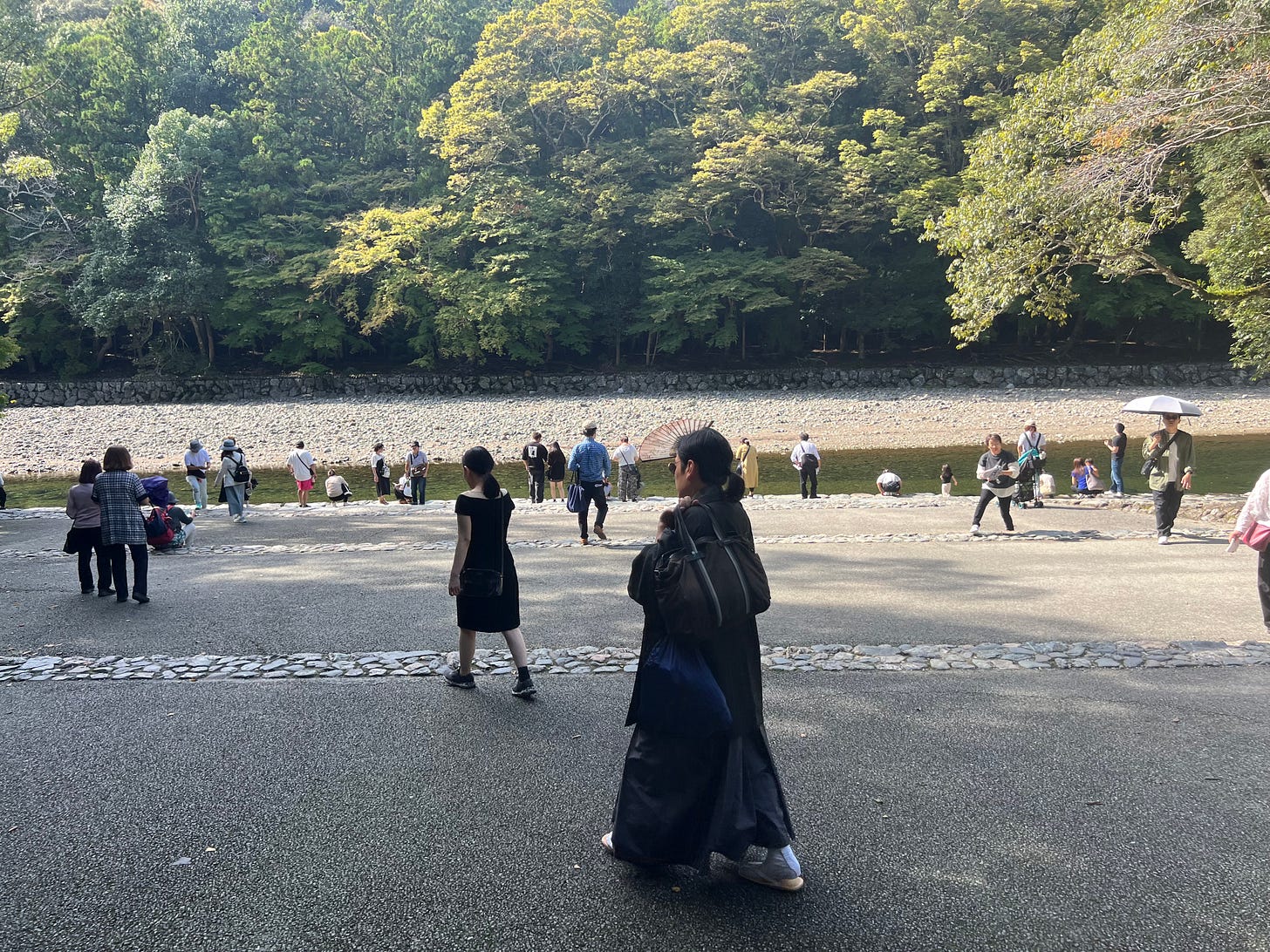
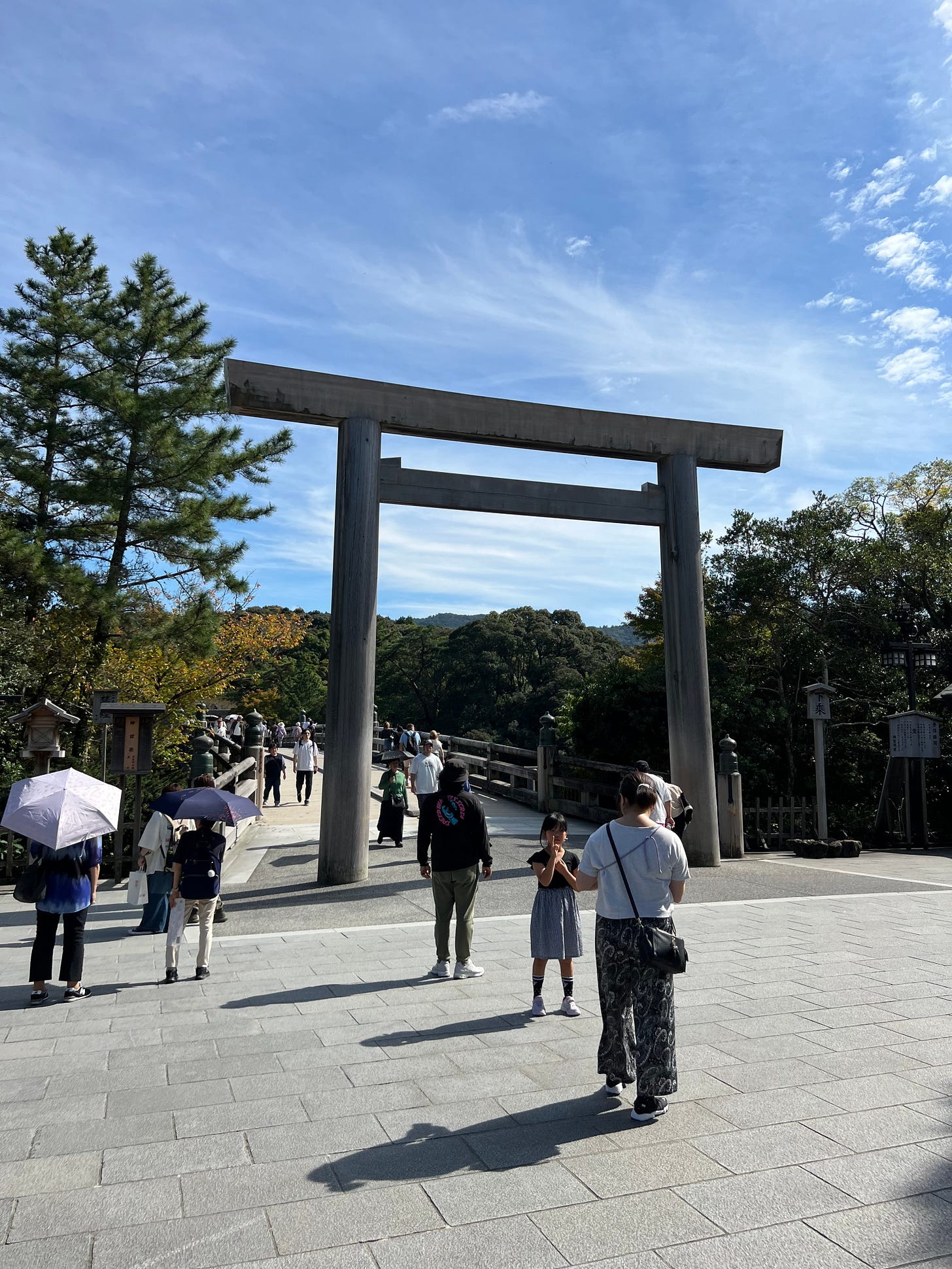
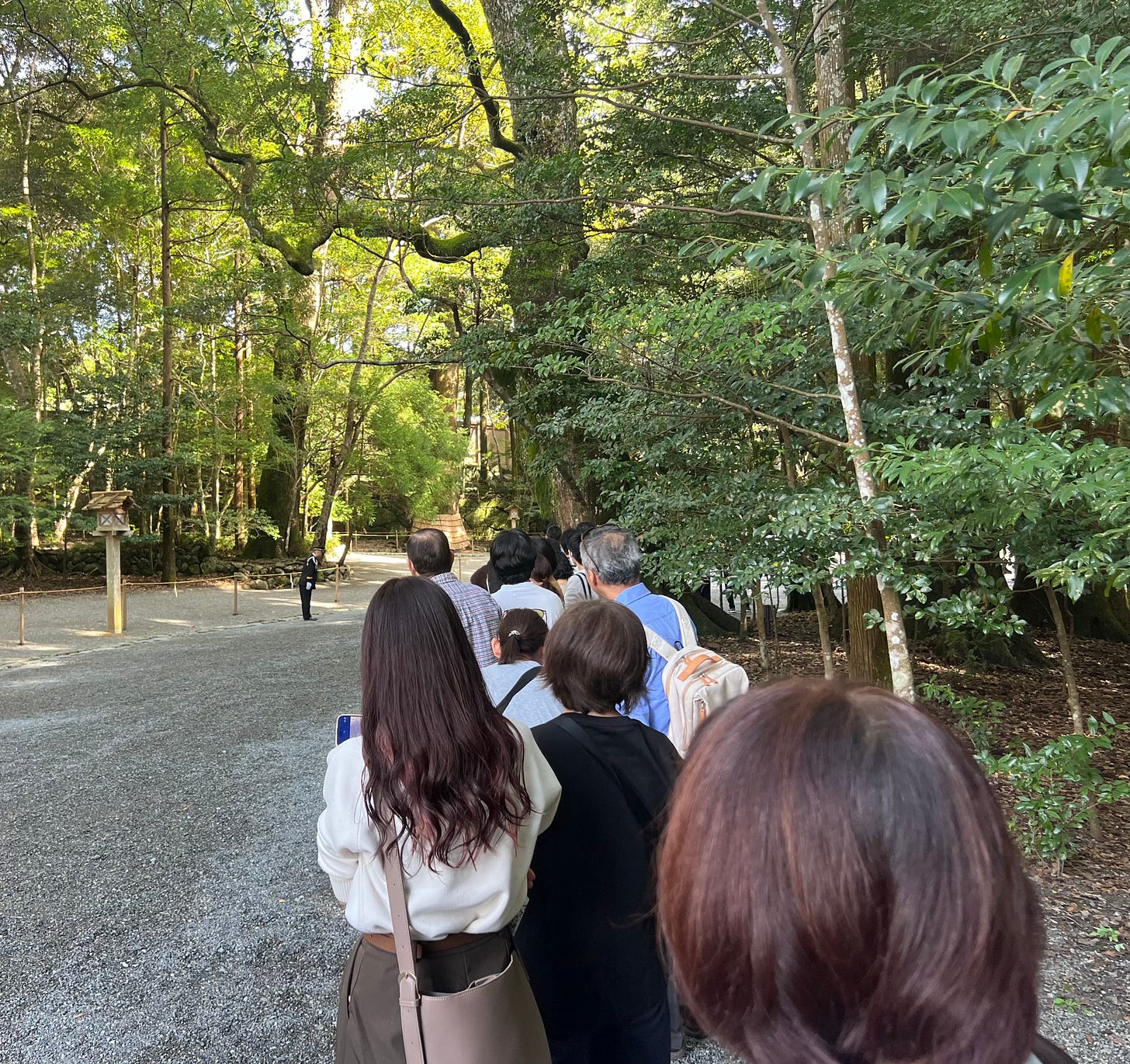
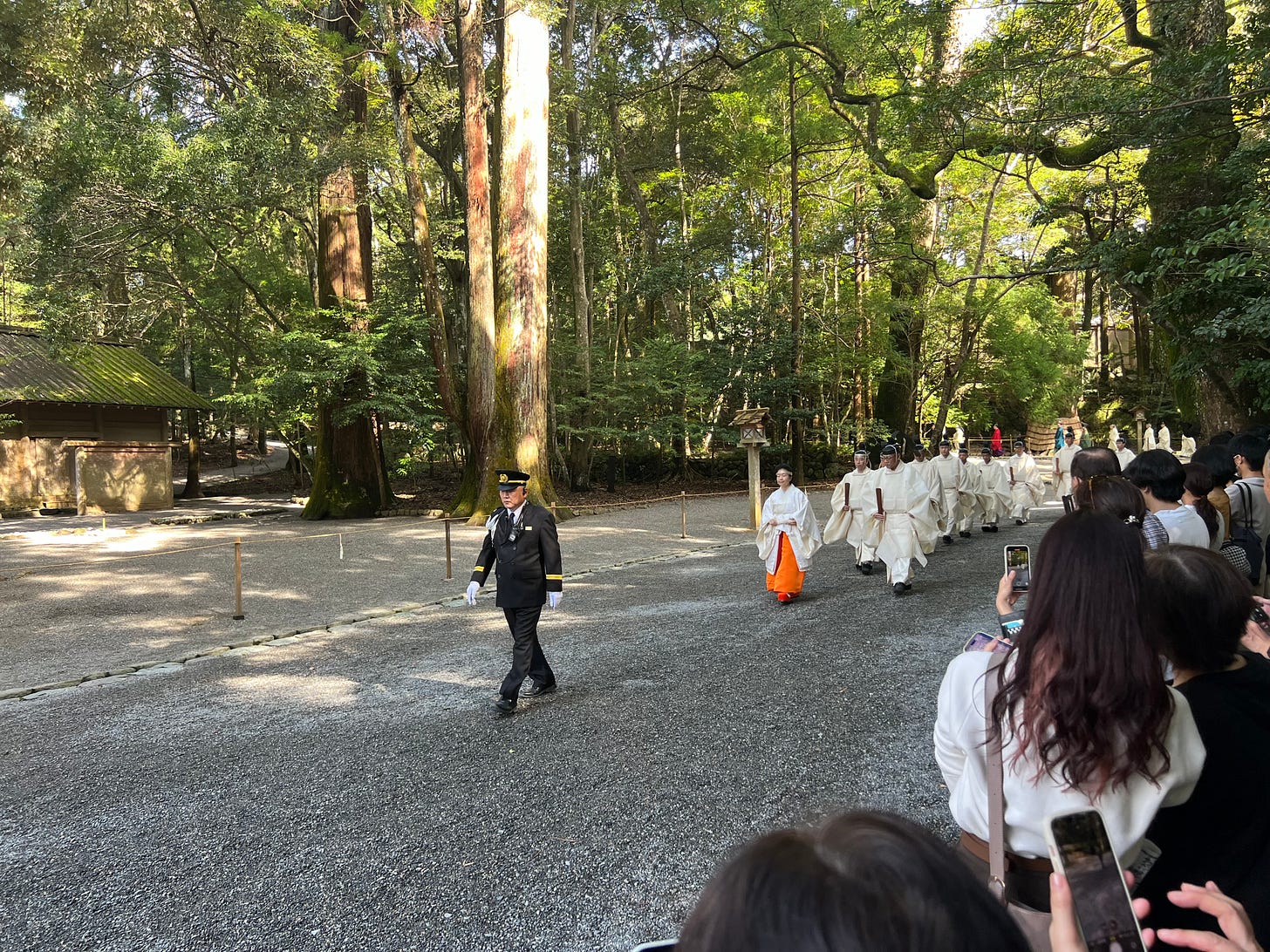
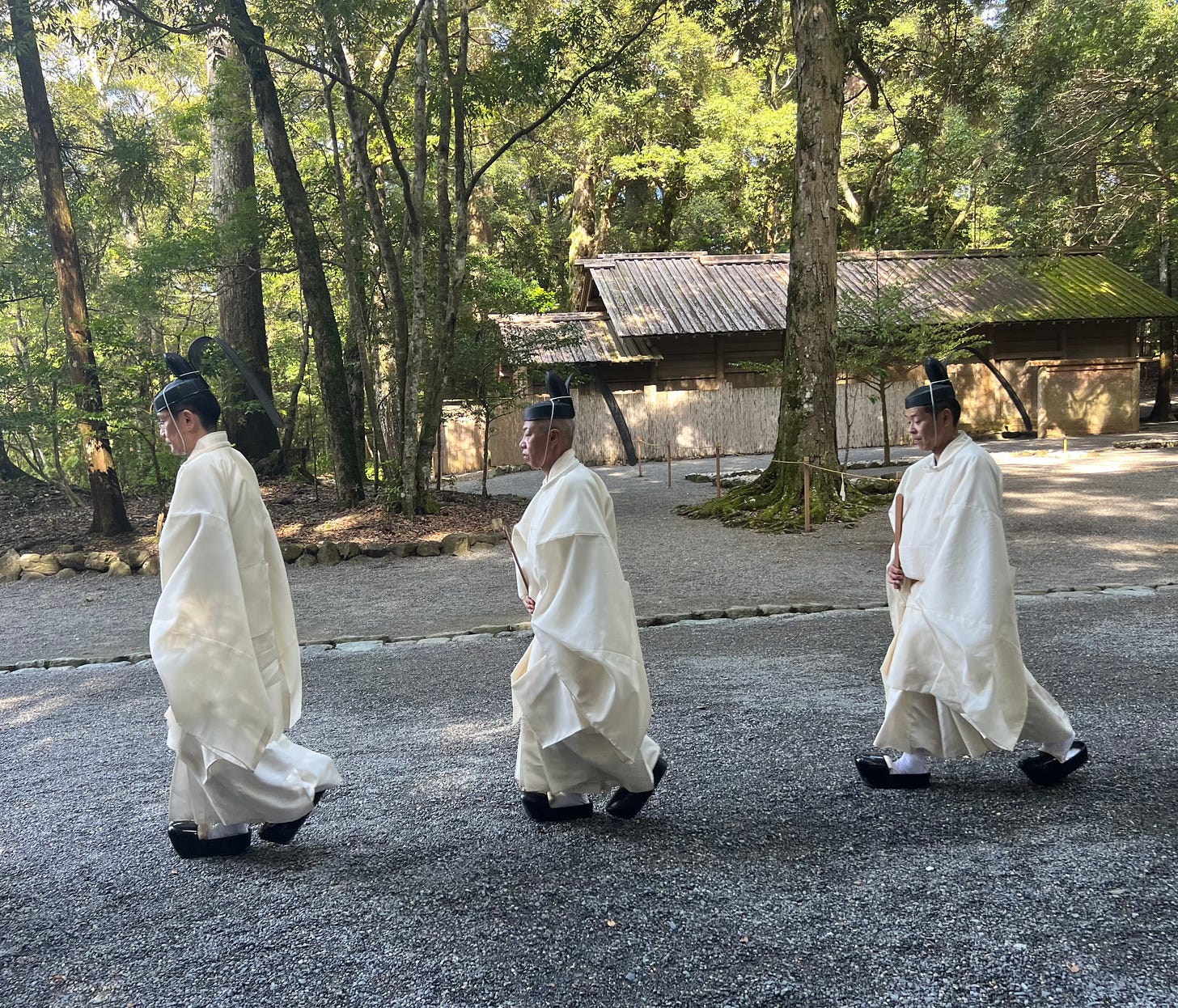
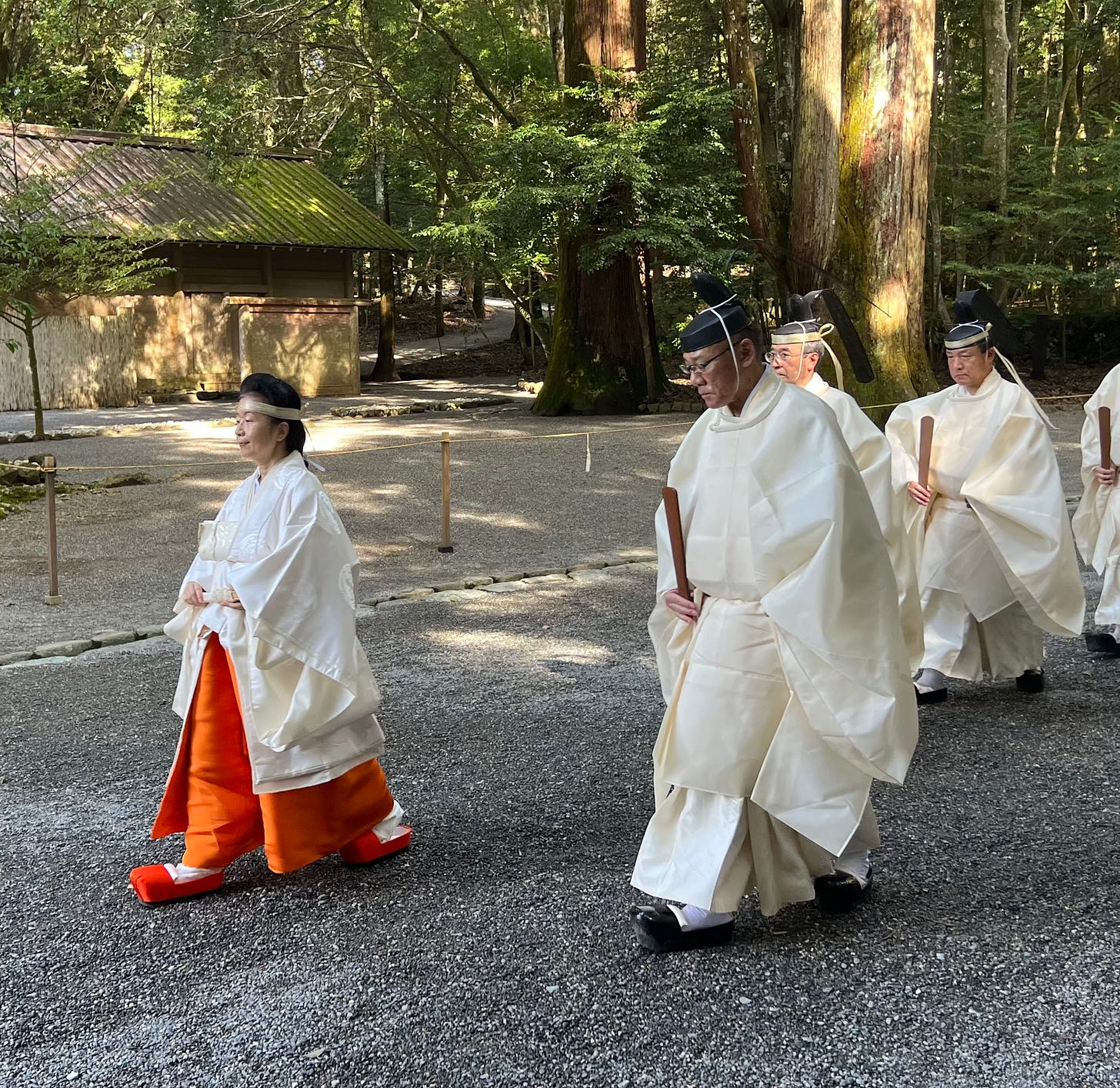

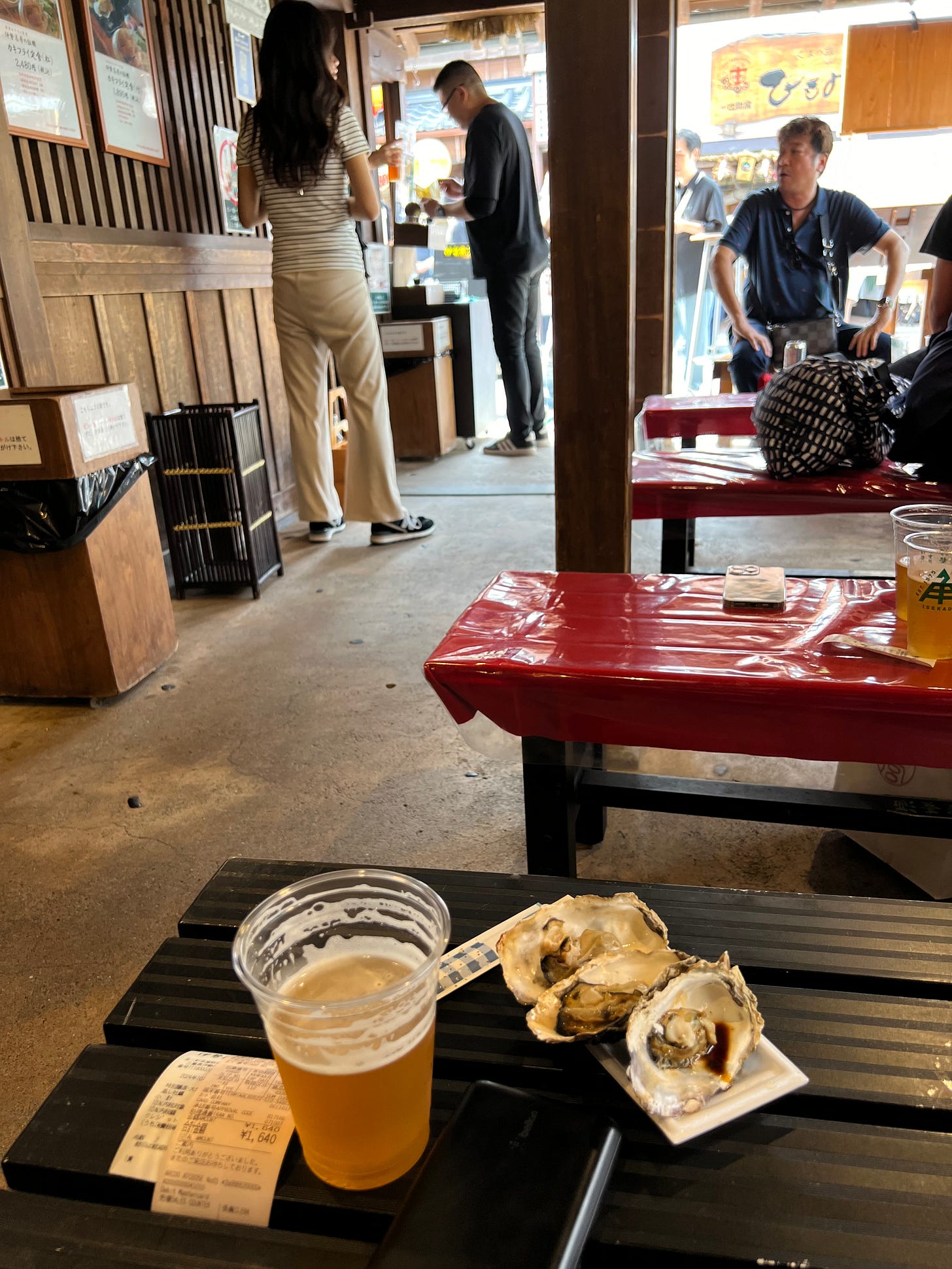
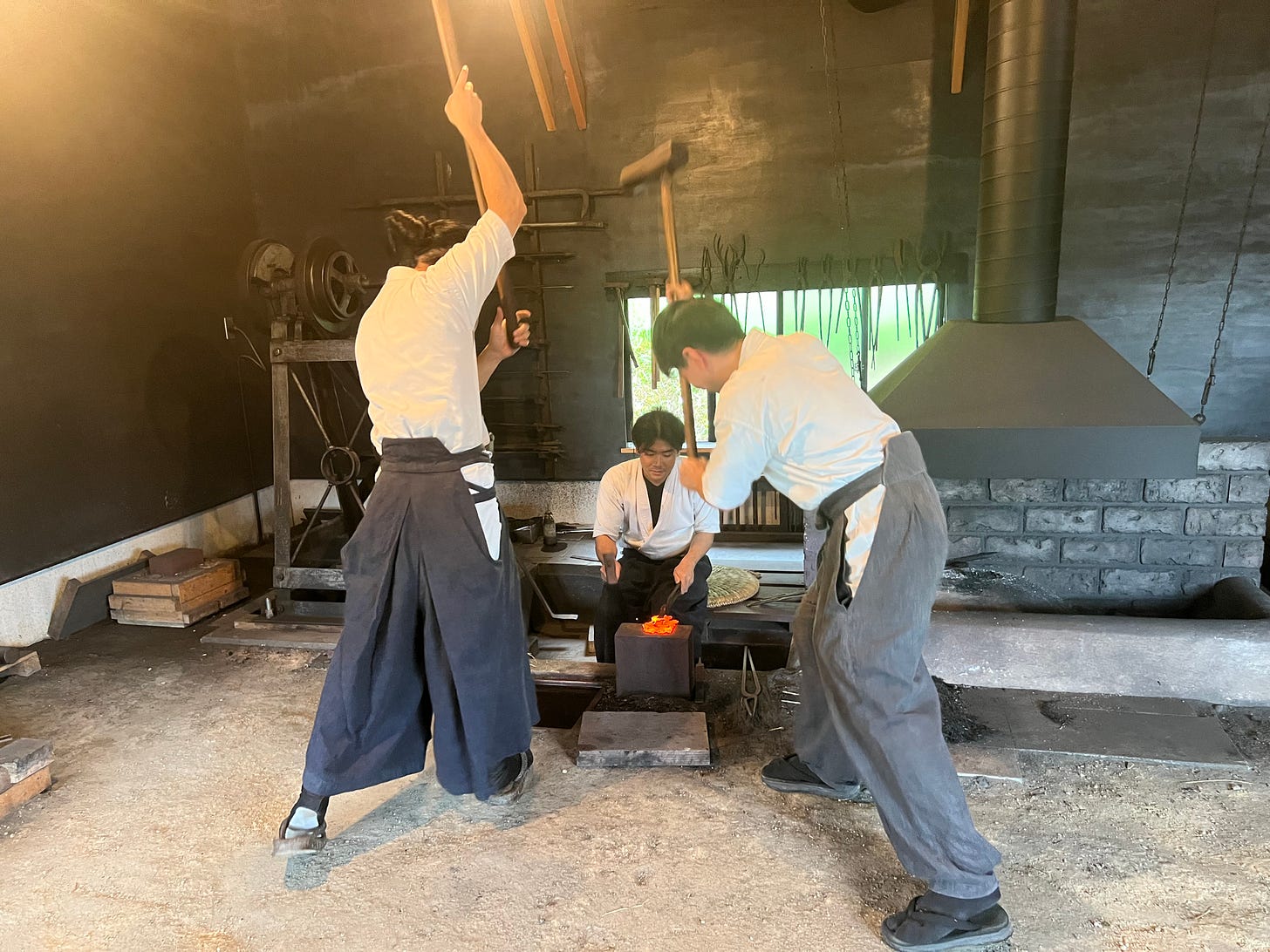
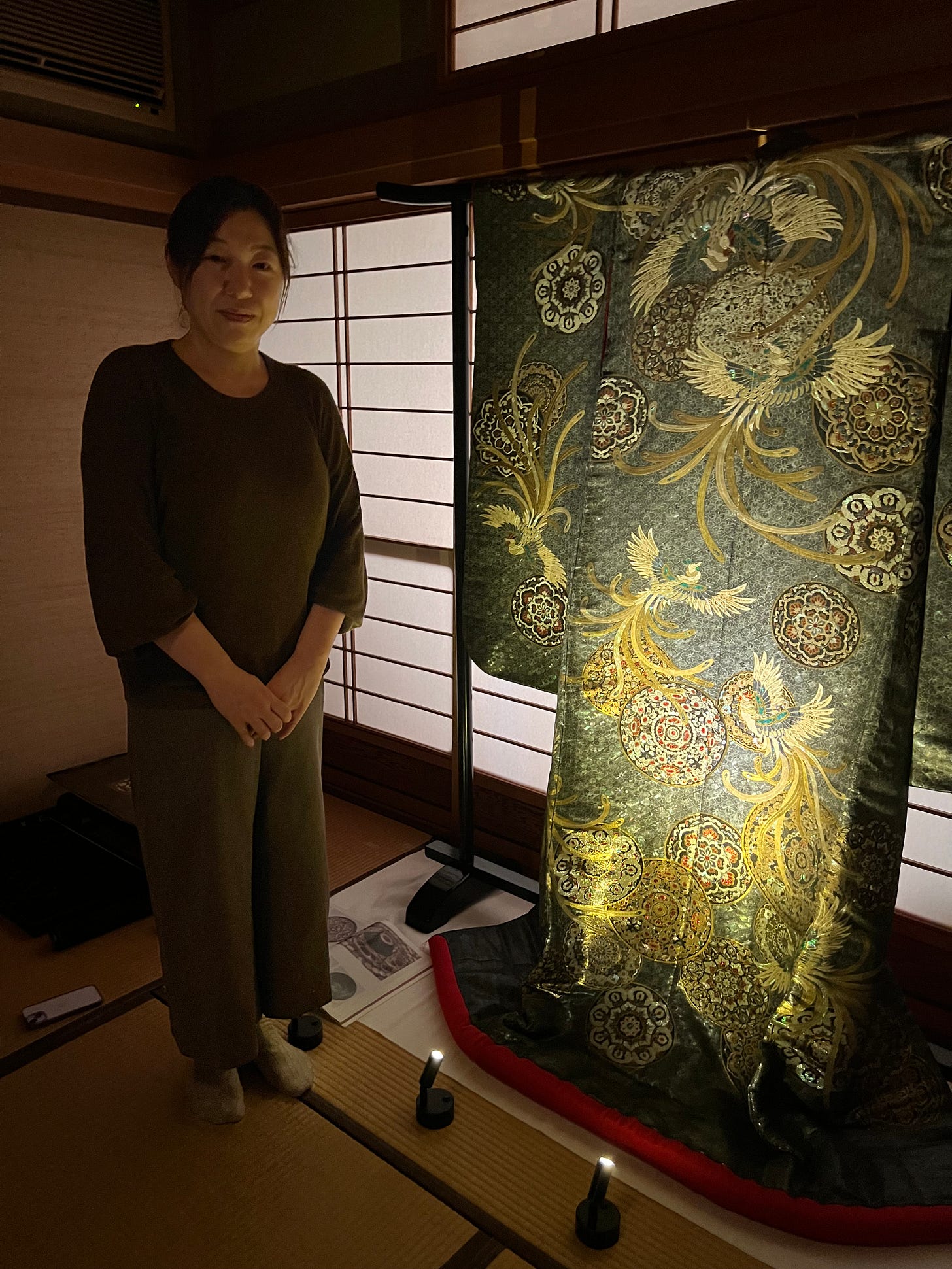
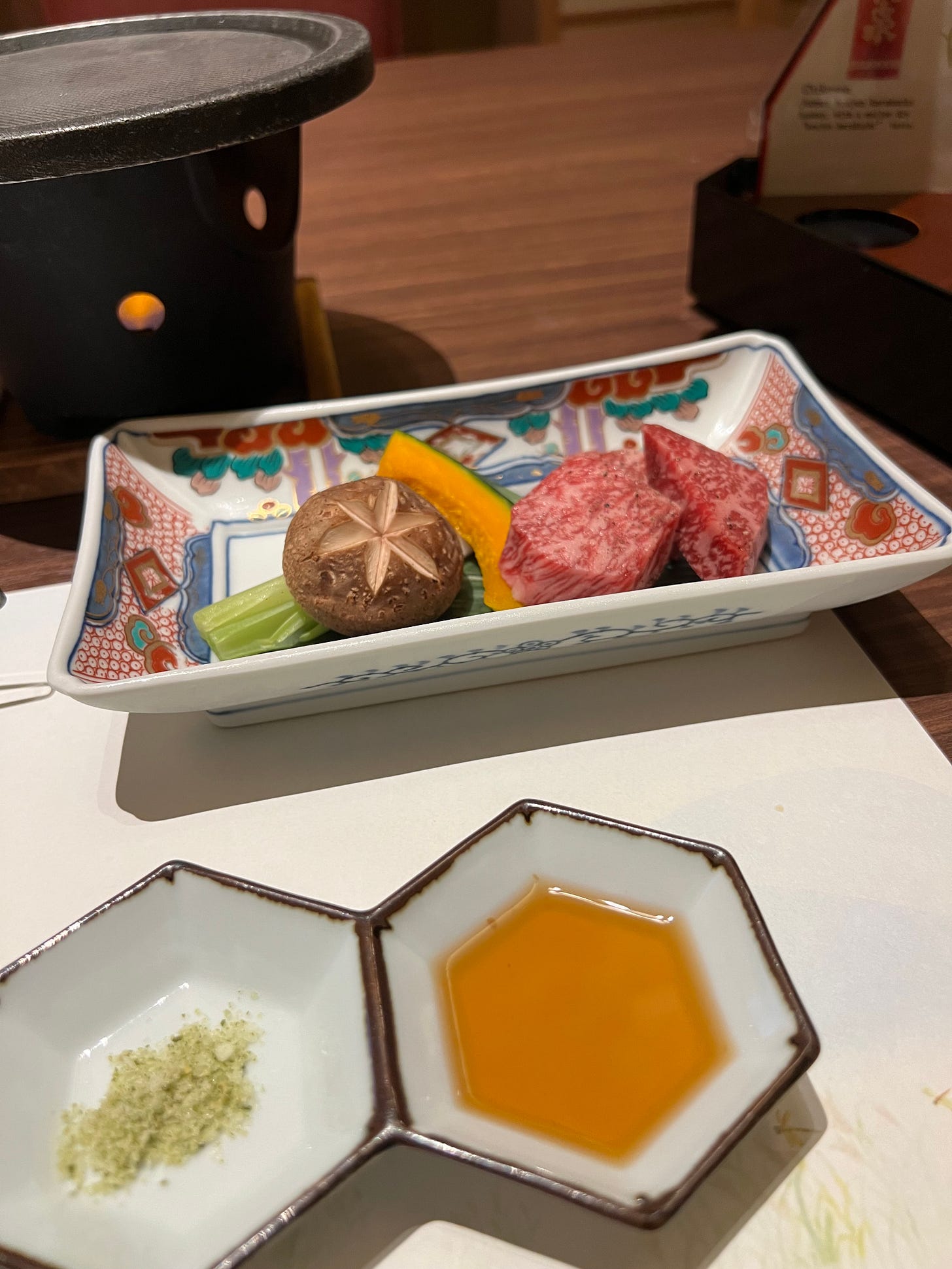
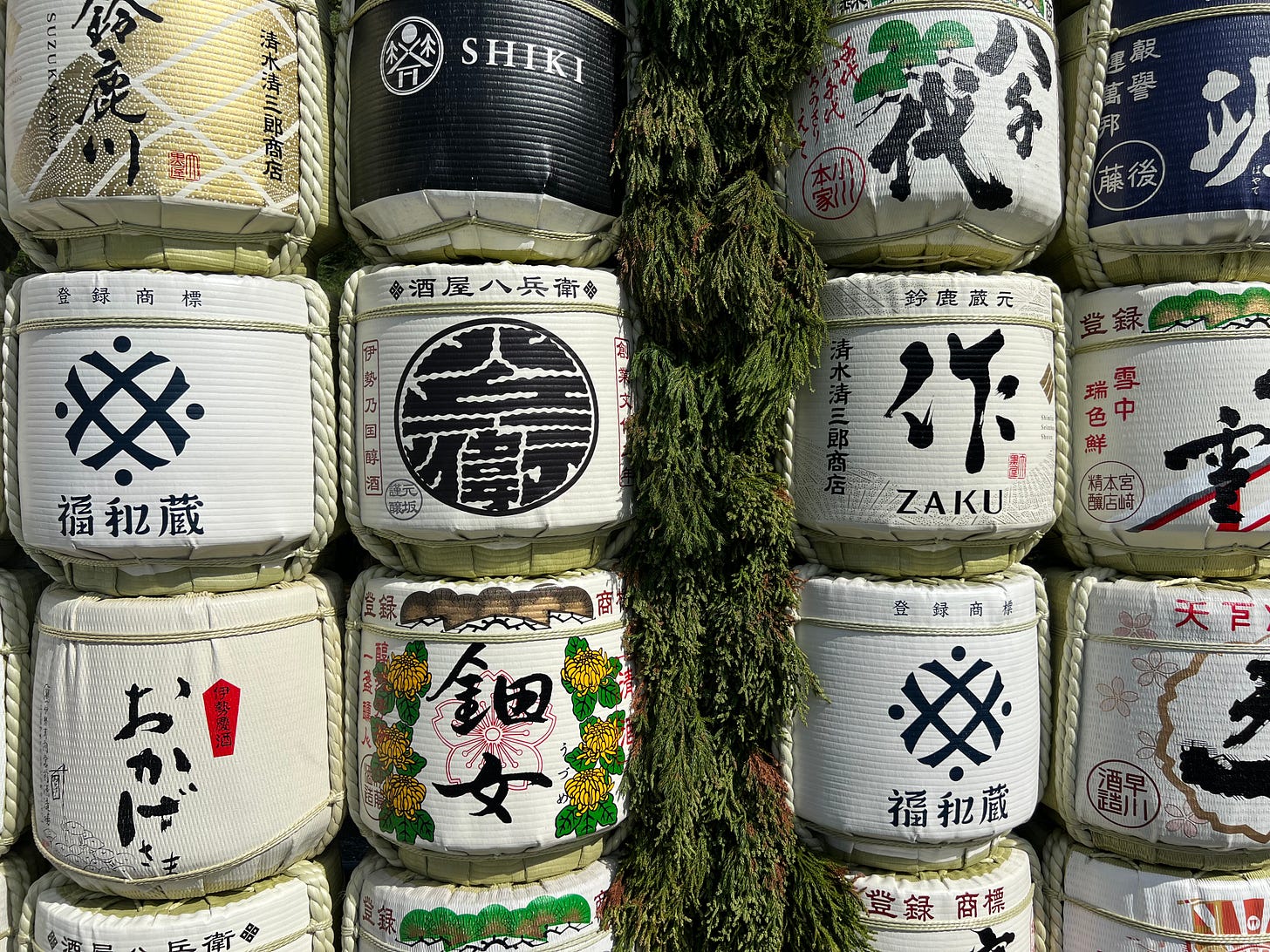
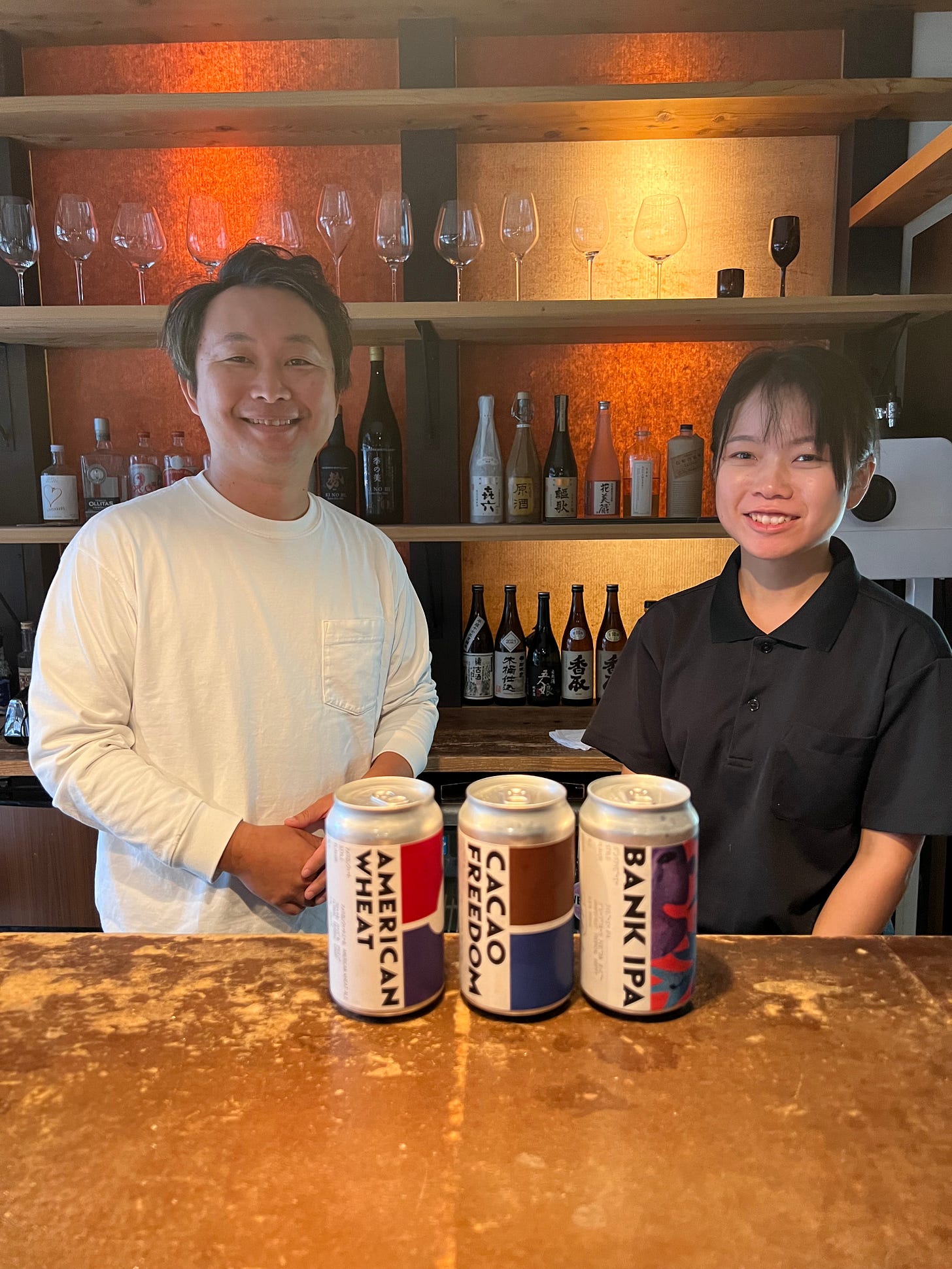
Plausible if not likely. Fascinating.
I think you mean that the Princess is sister of Emperor Naruhito, and daughter of Akihito (not “brother of Akihito”).